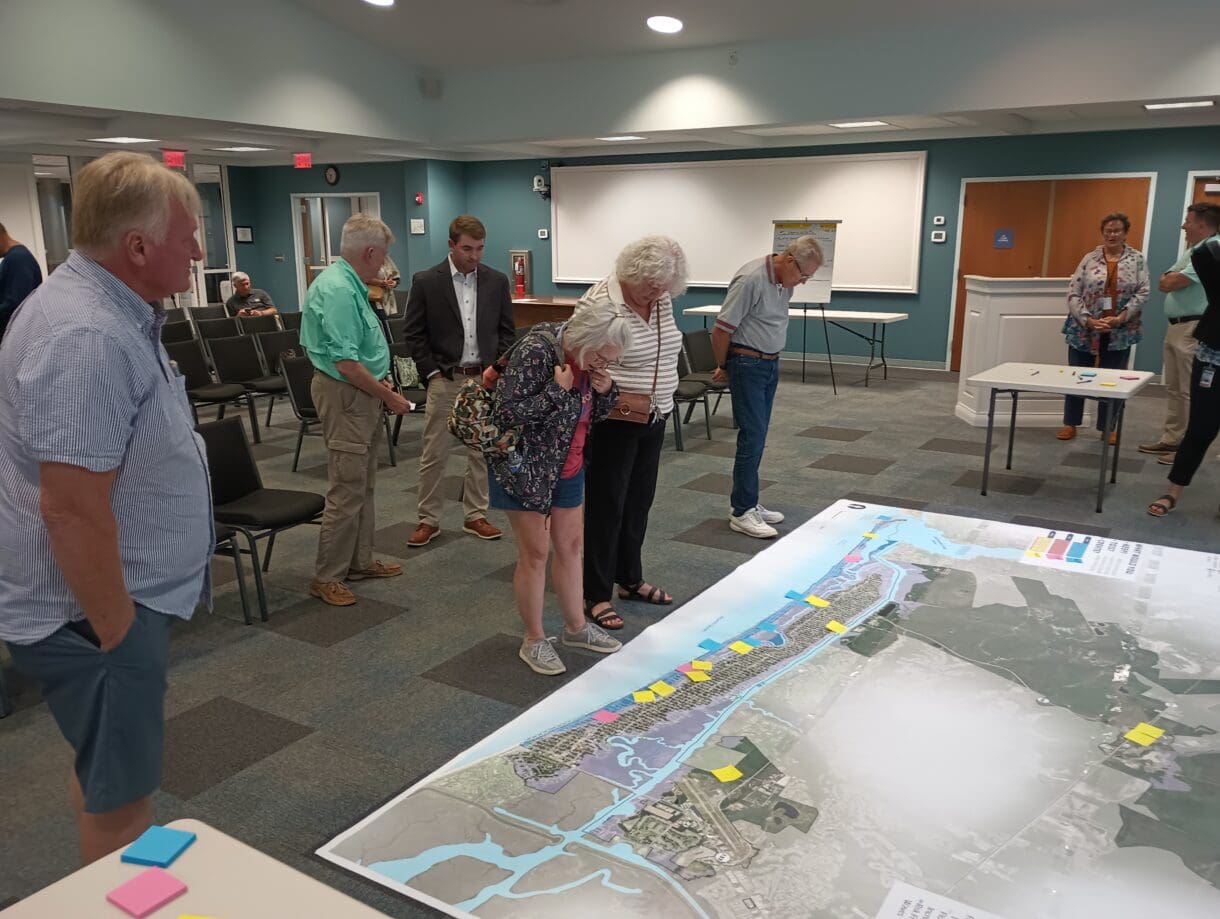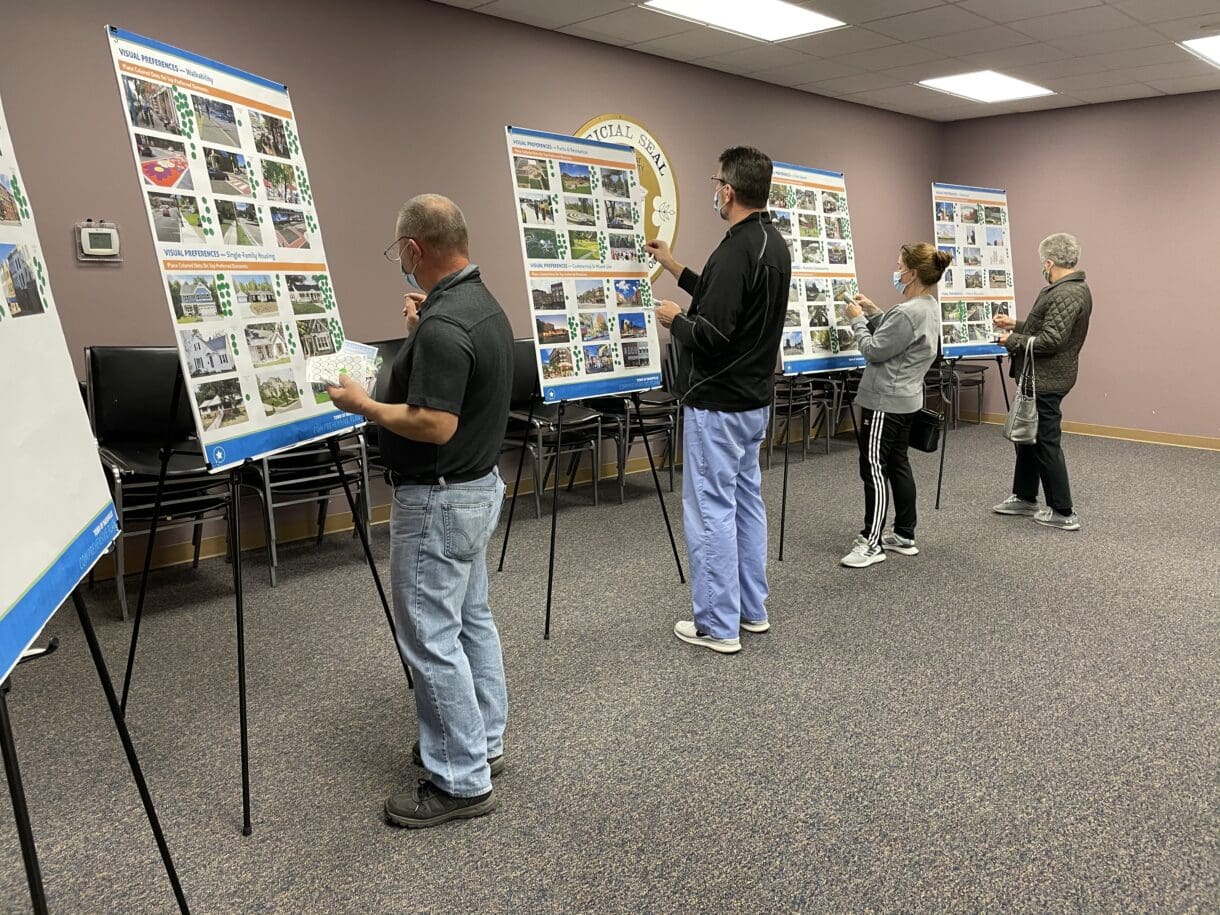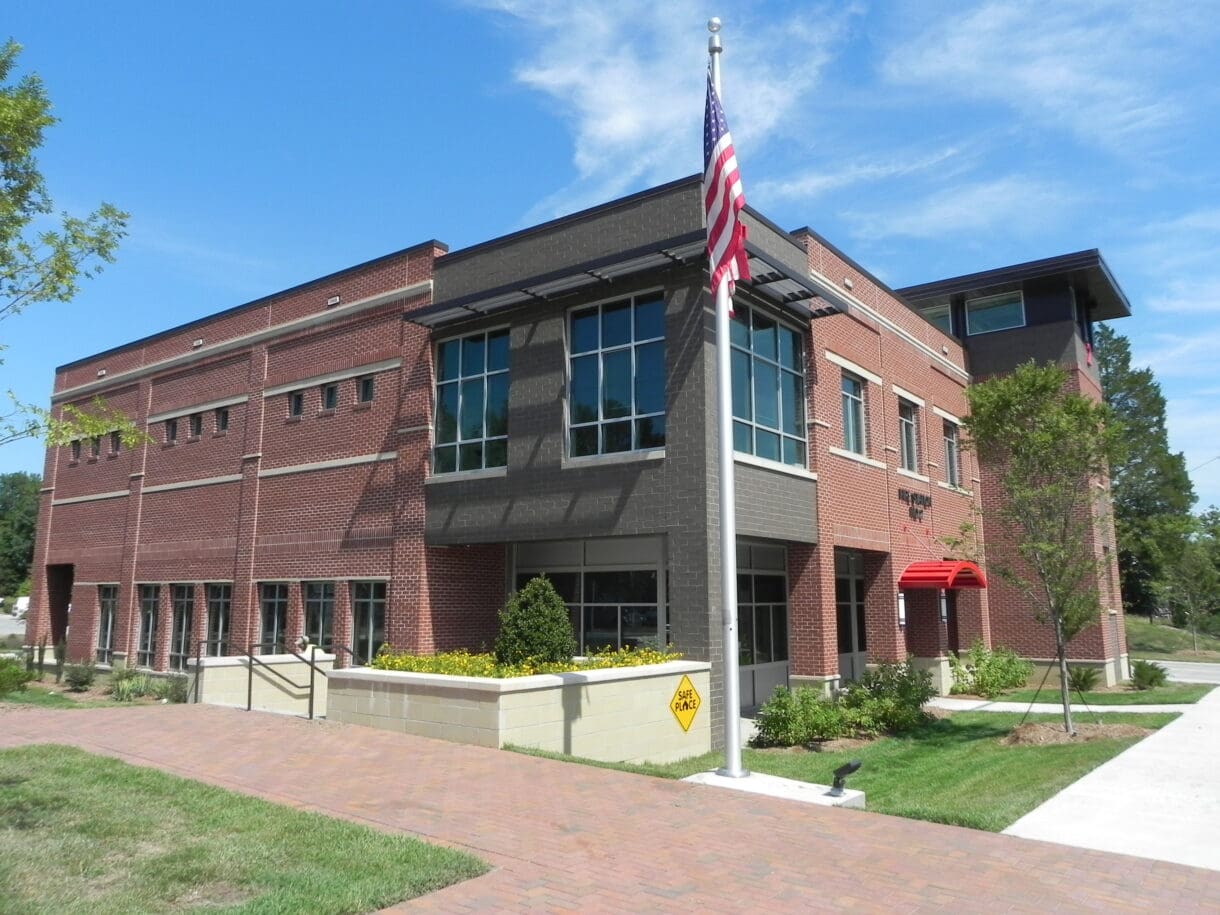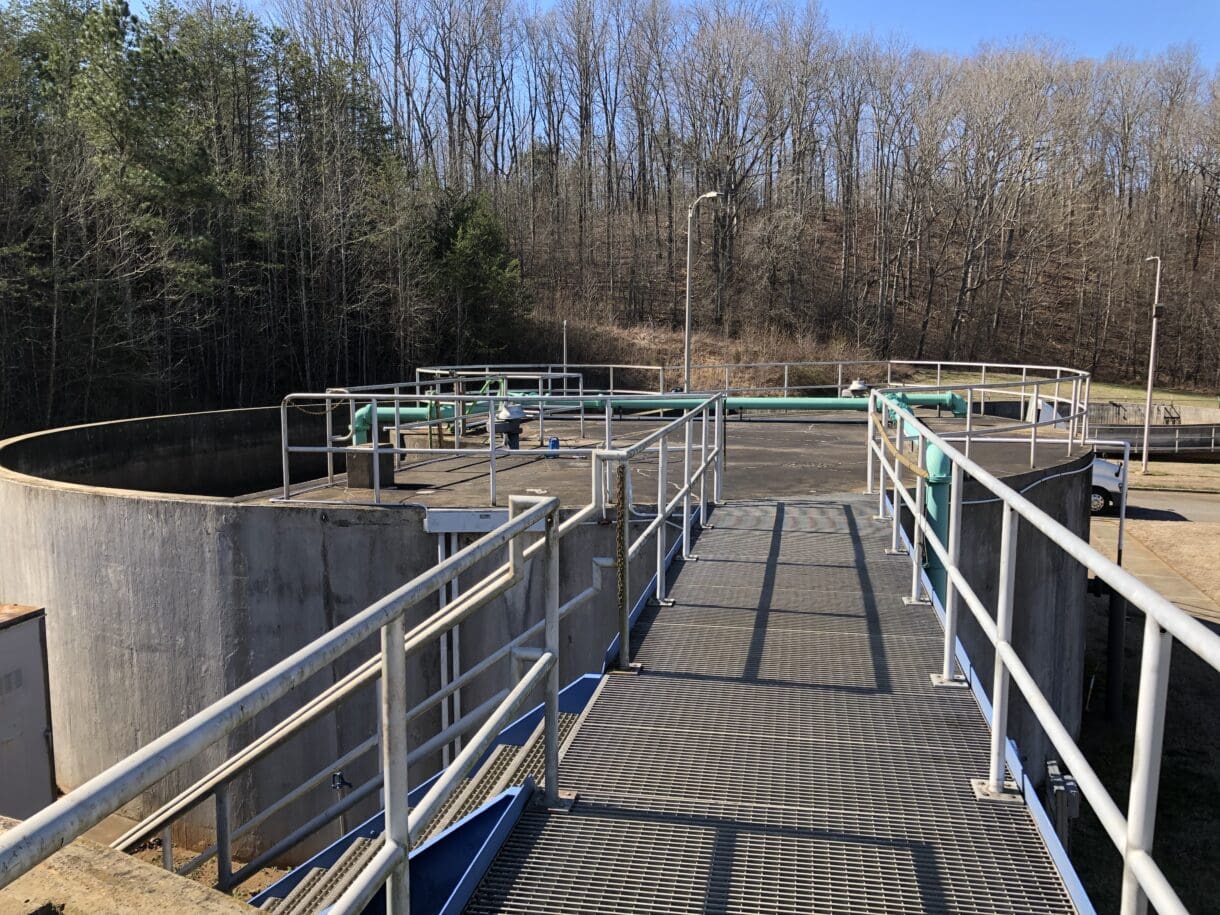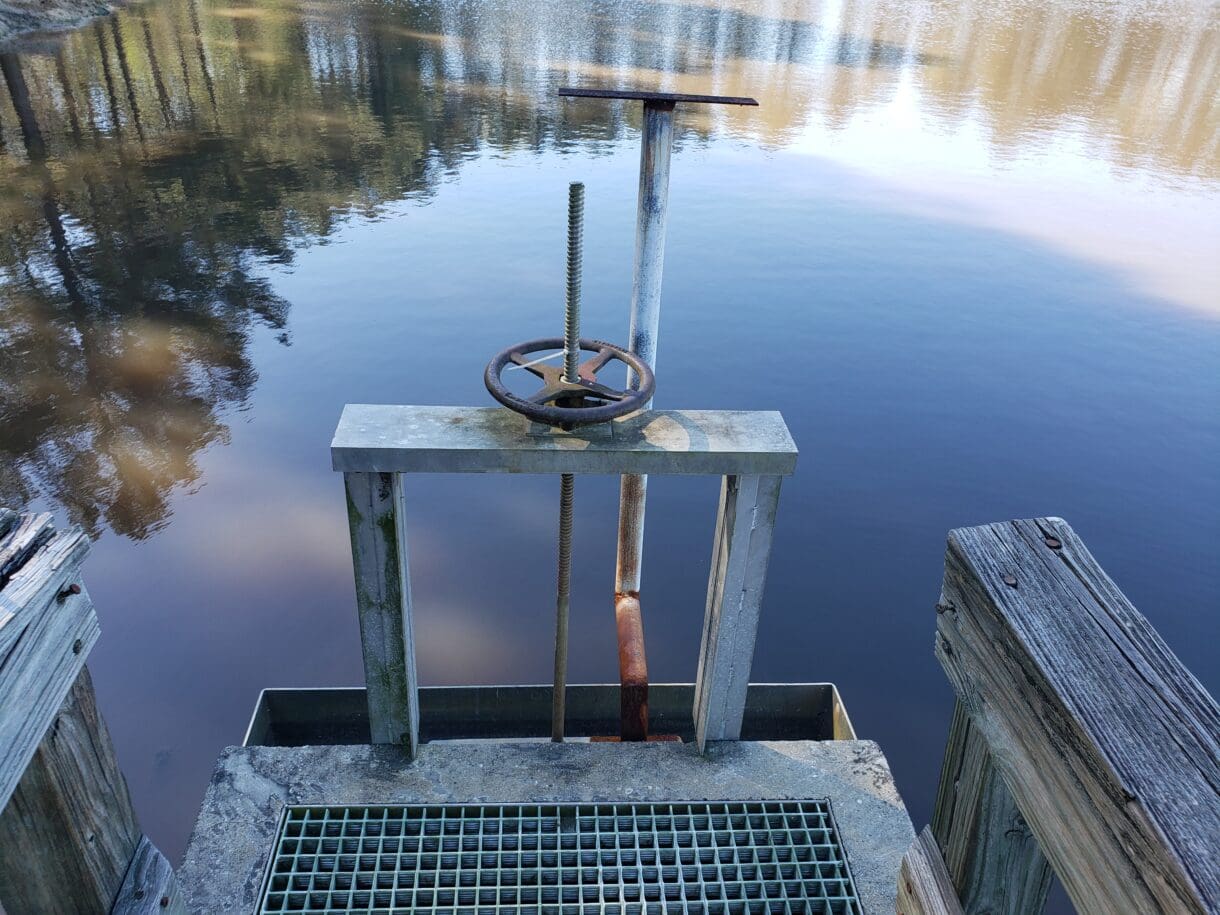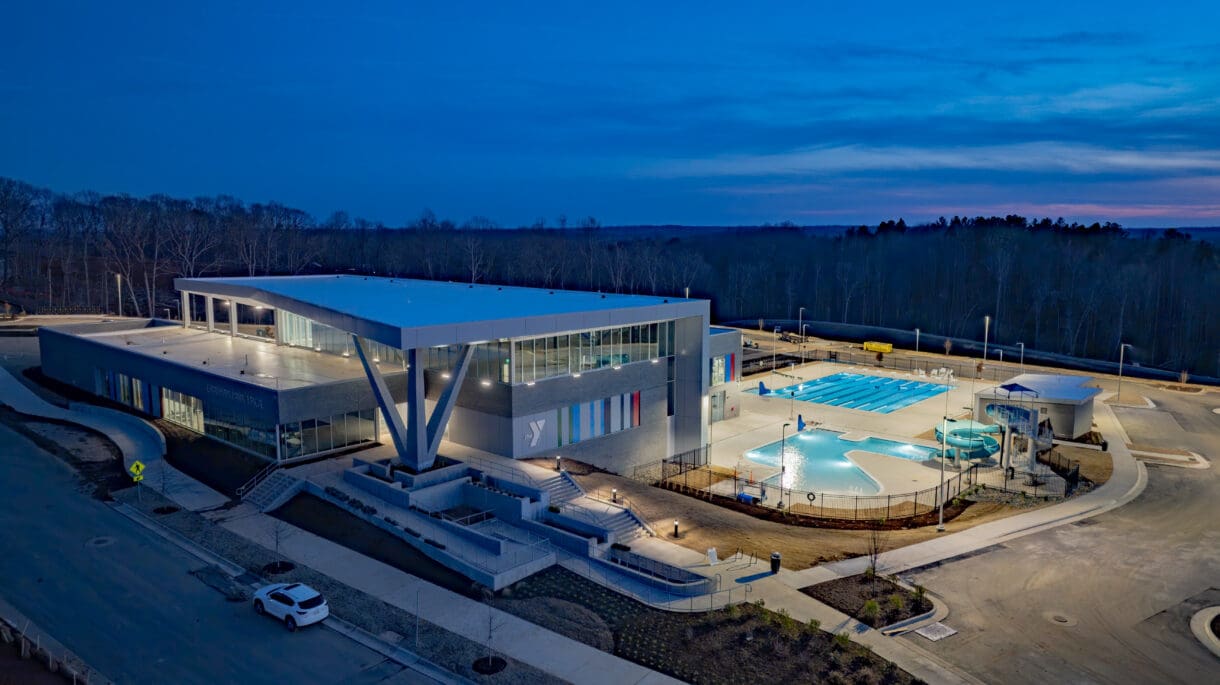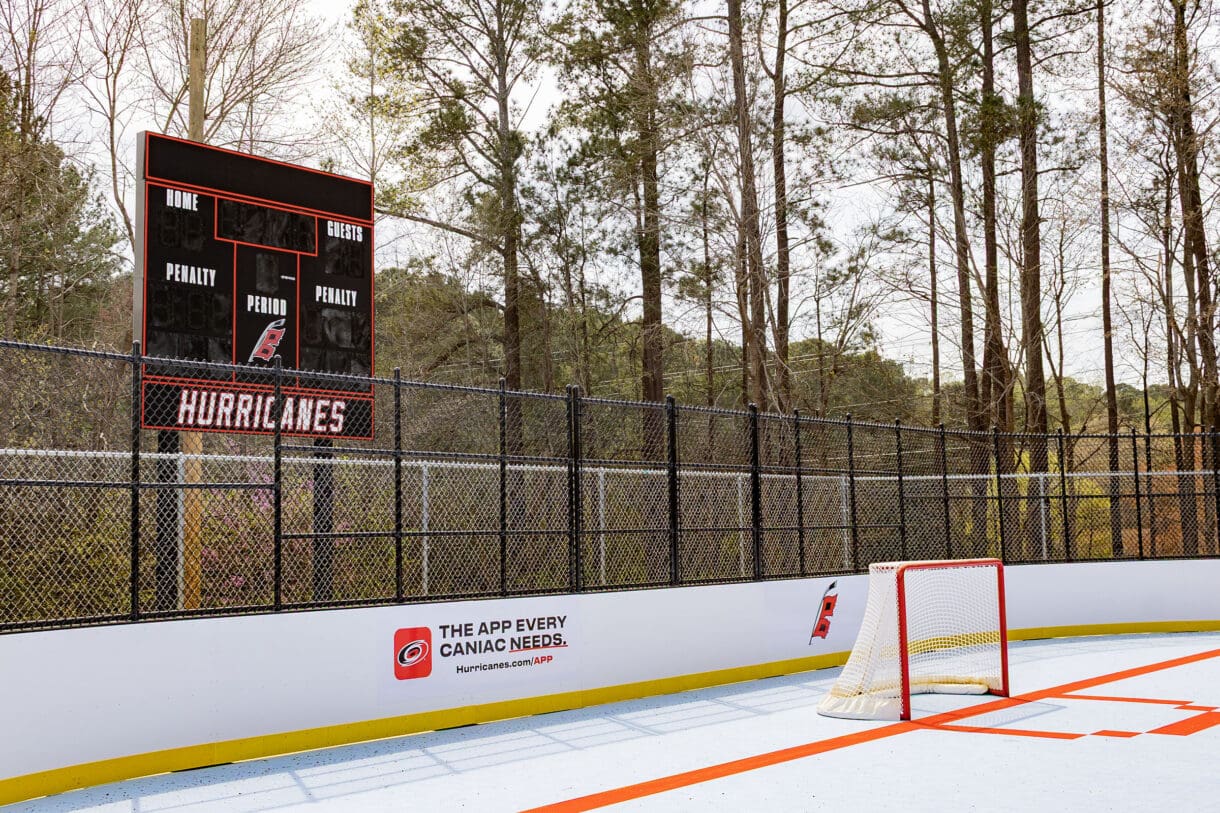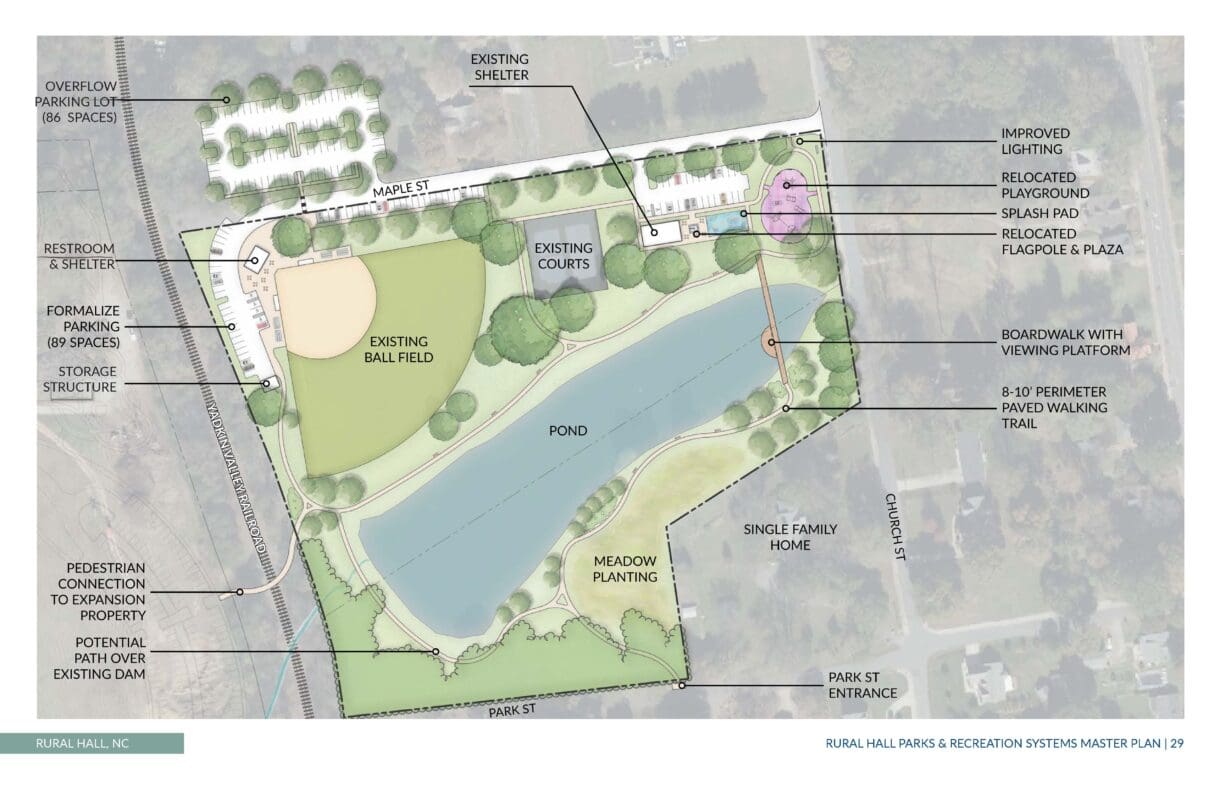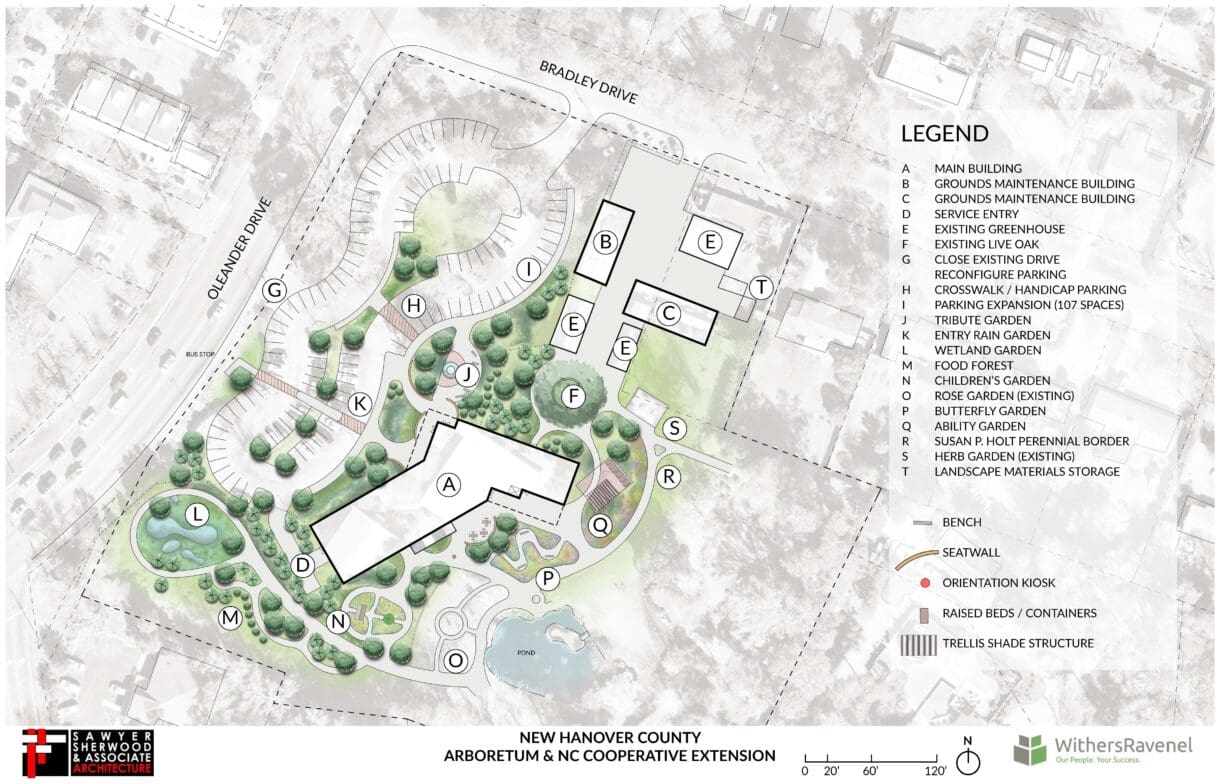Filter Portfolio
By Service Offering
By Project Type
Search Portfolio
-

Oak Island, NC
Oak Island CAMA Land Use Plan
-

Town of Nashville Comprehensive Plan
-

Cary, NC
Town of Cary Fire Station 2
-

Ayden, NC
Ayden Concrete Plant
-

Gastonia, NC
Wastewater Treatment Facility Asset Assessment and CIP
-

Knightdale, NC
Knightdale Asphalt Plant
-

Maiden, NC
Wastewater Treatment Plant Assessment Report and CIP
-

Garland, NC
Wastewater Treatment Plant Improvements
-

Wendell, NC
Stormwater Utility Fee Advisory
-

Holly Ridge, NC
Dixon Water Treatment Plant Expansion, Final Design
-

Hendersonville, NC
Stormwater Fee Assessment
-

Pittsboro, NC
Chatham Park YMCA
-

Sanford, NC
Pilgrim’s Sanford Agricultural Marketplace
-

Apex, NC
Street Hockey Rinks
-

Rural Hall, NC
Rural Hall Parks and Recreation Master Plan
-

Wilmington, NC
New Hanover County Arboretum Master Plan
-

Lowell Parks Master Plan
-

Raleigh, NC
Crabtree Village Townhomes

